What are Key Innovations in Designing Rubber Fenders
Rubber fenders are essential for protecting ships and marine infrastructure from impact damage during docking and mooring operations. Recent innovations in the design and material engineering of marine rubber fenders have significantly improved their performance, durability, and environmental sustainability.
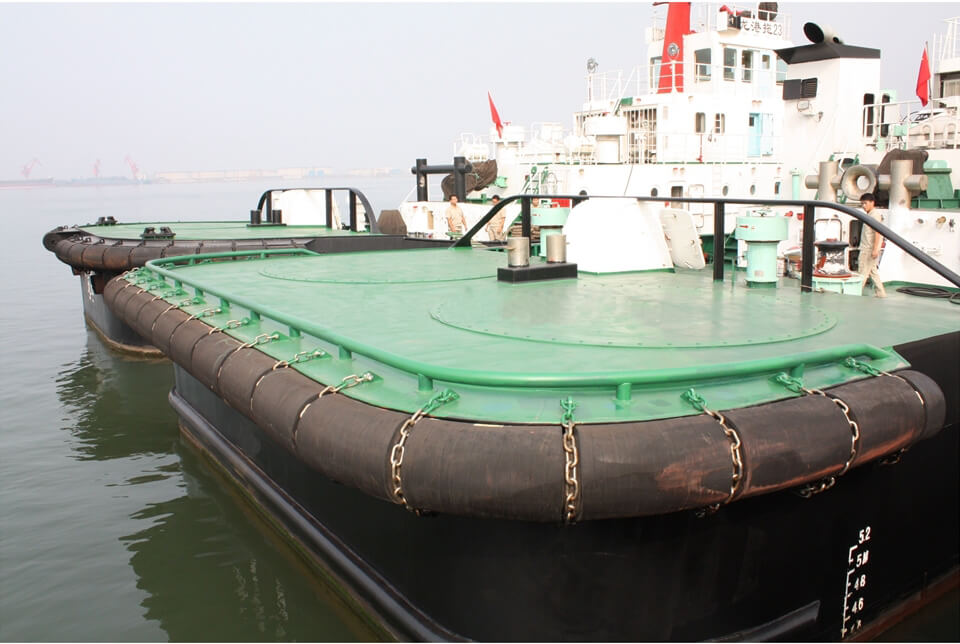
What are Rubber Fenders
Rubber fenders are protective devices used in marine environments to absorb the kinetic energy of a vessel during berthing, preventing damage to both the vessel and the dock, widely used in ports, harbors, and offshore platforms. Made from high-quality rubber, these fenders are highly durable and resistant to environmental factors such as UV radiation, abrasion, and chemical exposure. They come in various shapes and sizes, tailored to meet the specific requirements of different ship sizes, berthing velocities, and angles.
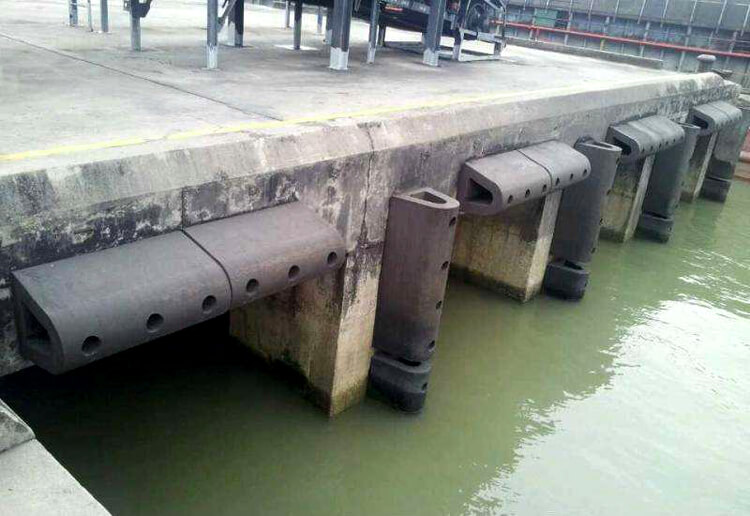
Common types of rubber fenders
- Cylindrical Fenders: Simple in design, these are versatile and used for various berthing applications. They offer good energy absorption and are easy to install.
- D-Shaped Fenders: These fenders have a flat back, making them ideal for mounting on docks and ships. They provide moderate energy absorption and are space-efficient.
- Cone Fenders: Known for high energy absorption and low reaction force, cone fenders are used for large vessels and harsh conditions.
- Arch Fenders: With a curved design, arch fenders provide excellent durability and resistance to high loads, often used in ports with heavy traffic.
- Cell Fenders: These are highly efficient in energy absorption and are often used in applications where large vessels dock, providing excellent stability and performance.
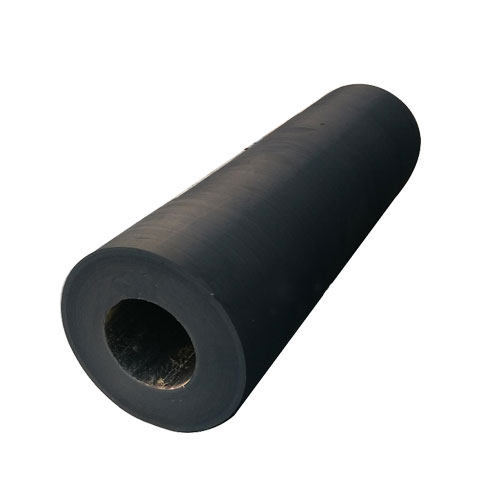
Key Considerations in Designing Rubber Fenders
This chart summarizes the crucial factors when designing rubber fenders for optimal performance and longevity.
| Key Consideration | Description |
| Energy Absorption | The marine fender must absorb the kinetic energy of a vessel during berthing effectively. |
| Reaction Force | Should minimize impact forces on the ship while maintaining structural integrity. |
| Durability | Should resist weathering, UV radiation, and marine environmental conditions. |
| Material Composition | High-quality rubber mixtures with resistance to abrasion, impact, and chemicals. |
| Size and Shape | Rubber fenders must be chosen based on ship size, berthing angle, and operational requirements. |
| Installation and Mounting | Consideration of proper mounting systems to ensure stability and safety. |
| Cost-Efficiency | Balance between performance, longevity, and cost-effectiveness in design choices. |
| Maintenance Requirements | Easy to inspect, maintain, and replace if needed. |
| Environmental Impact | Design should comply with environmental standards and minimize ecological damage. |
| Berthing Velocity and Angle | Must be capable of accommodating various berthing velocities and approach angles. |
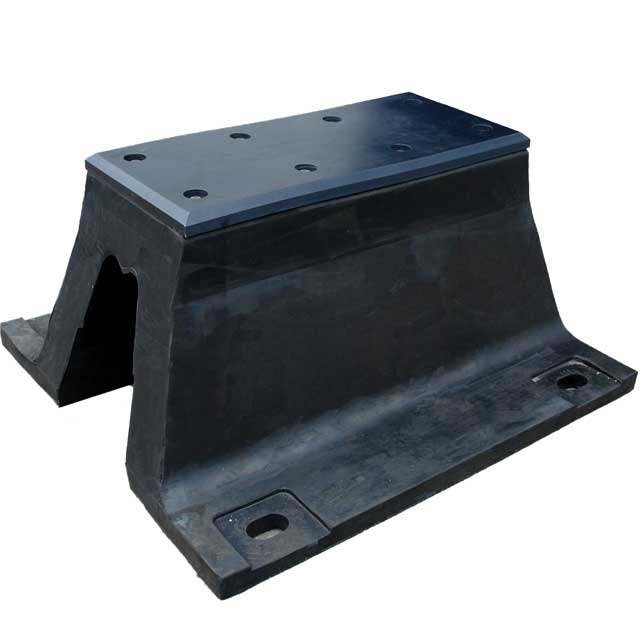
Key Advancements in Designing Rubber Fenders
1. Advanced Material Technology
One of the most impactful innovations in rubber fender design is the development of high-performance elastomeric compounds. Modern rubber fenders now use specialized rubber blends that offer enhanced strength, flexibility, and resistance to wear and tear. These materials can better withstand extreme weather conditions, saltwater exposure, and ultraviolet (UV) radiation, resulting in longer-lasting fenders with reduced maintenance needs.
Innovative materials also ensure that fenders are more resilient under high loads, enabling them to provide consistent protection even in heavy-duty applications such as container terminals and oil platforms.
2. Enhanced Energy Absorption
New rubber fender designs have been optimized to offer improved energy absorption and load distribution, key factors in preventing damage to both vessels and docking structures. Modern rubber fenders, such as cone or cell fenders, have been engineered to deliver more uniform energy absorption across their surface, reducing concentrated impact forces.
Internal reinforcement techniques and design tweaks, like the addition of multi-layer structures, enhance the fender’s ability to absorb high-energy impacts, minimizing deformation and extending the service life of the fender.
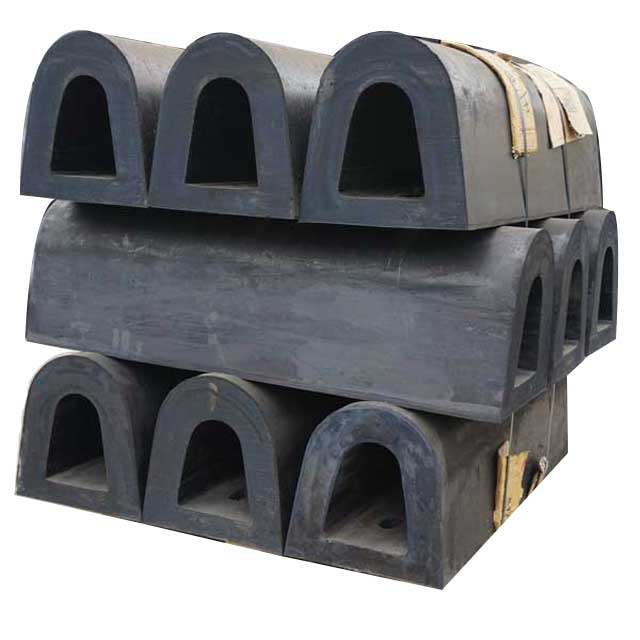
3. Modular and Customizable Designs
Modular fender systems represent a significant design innovation, offering versatility and ease of maintenance. These systems allow individual components to be replaced without the need for dismantling the entire fender, making repairs faster and more cost-effective.
Additionally, fender manufacturers now offer greater customization options, allowing fenders to be tailored to specific vessel types, docking conditions, and environmental requirements. This includes customizing size, shape, and hardness to ensure optimal performance in diverse marine environments.
4. Sustainability and Recyclability
Sustainability has become a major focus in fender design, with an increasing emphasis on eco-friendly materials and manufacturing processes. Rubber fenders are now being developed using recyclable and biodegradable materials, reducing their environmental impact. These innovations not only help meet global environmental regulations but also contribute to a circular economy by reusing materials at the end of the fender’s service life.
Increased durability from advanced materials also means fewer replacements are needed, reducing overall waste in marine operations.
5. Smart Fender Technology
The integration of sensors and smart technology into rubber fender systems is a groundbreaking innovation. Smart fenders equipped with sensors can monitor real-time impact forces, wear levels, and overall performance. This data can then be used to trigger alerts for maintenance, ensuring timely repairs and avoiding sudden failures.
Such systems also enable more precise docking operations by providing data on fender performance and load distribution, helping operators make informed decisions to optimize safety and efficiency.
6. Pneumatic and Hybrid Fenders
Pneumatic fenders, which use air-filled chambers to absorb impact energy, are another innovative solution, particularly for offshore applications. These fenders are flexible, durable, and can adjust to different vessel sizes, making them ideal for applications that require high-energy absorption.
Hybrid fenders, which combine pneumatic features with traditional rubber fender designs, are emerging as versatile options for ports and vessels needing advanced protection and adaptability.
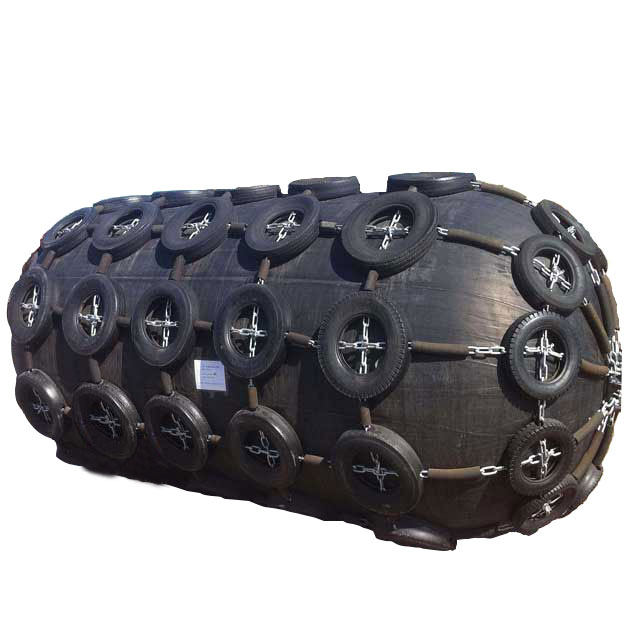
In summary, the design of rubber fenders has come a long way, with innovations focusing on material advancements, energy efficiency, modularity, and sustainability. These innovations ensure that marine rubber fenders remain reliable, adaptable, and efficient in protecting vessels and port infrastructure. With the integration of smart technologies and the development of more eco-friendly materials, are poised to redefine the future of rubber fenders.

